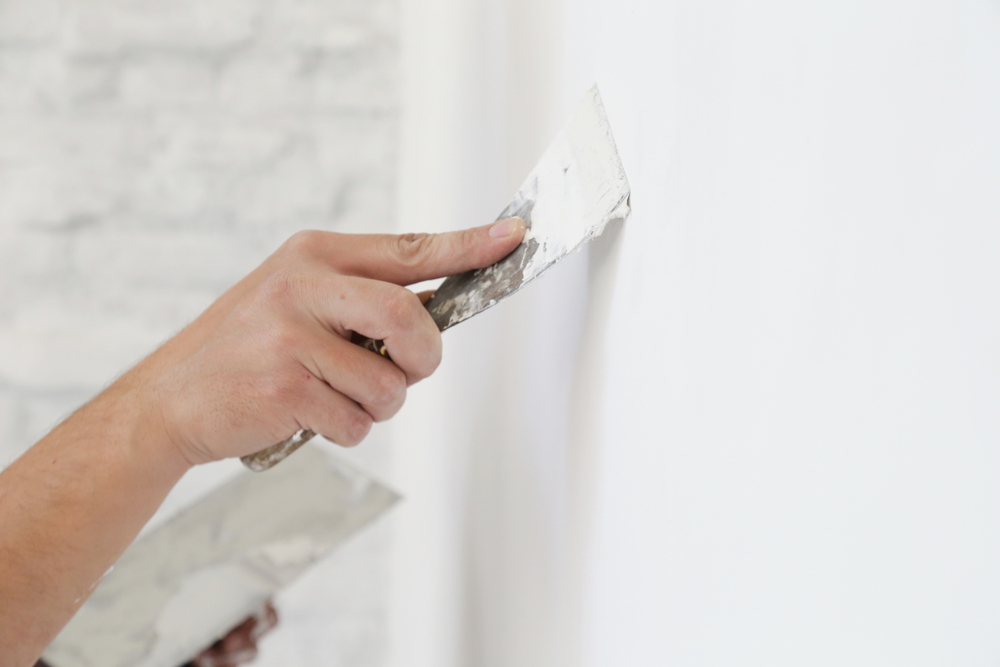Understanding Basement Wall Vapor Barriers
Basement moisture can cause a lot of problems. This is why understanding vapor barriers is essential. A vapor barrier is a material that helps prevent the movement of water vapor. Basements often need these barriers to keep moisture in check and prevent mold growth.
Why Moisture Is a Problem in Basements
Moisture in basements is a common issue. It can stem from various sources. Groundwater seepage, humidity, and condensation are usual culprits. Water from the ground can seep through basement walls. High humidity levels can lead to dampness. Condensation happens when warm air meets cool basement walls.
The result of unchecked moisture can be severe. Mold growth is a frequent and dangerous problem. Mold can damage structures and cause health issues. Moisture also damages walls, flooring, and belongings in the basement. In extreme cases, water damage can compromise the foundation.
Types of Vapor Barriers
Plastic Sheeting
One common type of vapor barrier is plastic sheeting. Usually made from polyethylene, this type is affordable and easy to install. It can be placed directly on walls to block moisture. Plastic sheeting is effective but must be installed correctly. Overlapping seams and sealing edges is crucial to its performance.
Foil-Surfaced Barriers
Foil-surfaced barriers are another option. They reflect heat and block moisture. These barriers are typically more expensive. They are often used in conjunction with insulation. This combination helps regulate temperature and moisture.
Spray-On Barriers
Spray-on barriers offer a different approach. These liquid barriers are sprayed directly onto the walls. They form a continuous, sealed layer once dried. This type is good for irregular surfaces and hard-to-reach spots. Spray-on barriers might require professional application.
Choosing the Right Vapor Barrier
Not all basements are the same. The right vapor barrier depends on your specific situation. Factors include the local climate, the structure of the basement, and the level of existing moisture. Assessing these elements helps in choosing the best type.
Climate Considerations
Climate plays a big role. In colder areas, basements are more prone to condensation. This is because warm indoor air meets cold basement walls. In these cases, a foil-surfaced barrier might be the best option. Hot and humid climates have different needs. A simple plastic sheet might suffice here.
Basement Structure
The structure of the basement also matters. New constructions often come with built-in moisture protection. Older basements might need more robust solutions. A combination of barriers, like plastic sheeting with foil tape, might be necessary. Unique structures with many corners or odd shapes benefit from spray-on barriers.
Moisture Levels
It’s vital to assess existing moisture levels. A high-moisture basement may need more stringent measures. You might require a thicker vapor barrier. In contrast, basements with minor dampness might get by with thin polyethylene sheeting. Conducting a moisture audit can guide you in making an informed choice.
Installation Steps
Proper installation is key to effectiveness. Here is a step-by-step guide:
- Clean the basement walls. Remove dirt, dust, and any existing mold.
- Measure the walls. This ensures you cut the vapor barrier to the right size.
- Cut the barrier material. Make sure edges overlap by at least six inches.
- Place the barrier on the wall. Start from the bottom and work your way up.
- Seal the seams. Use waterproof tape to make sure there are no gaps.
- Secure the edges. Attach the barrier to the wall using adhesive or fasteners.
- Inspect your work. Ensure there are no gaps, tears, or unsealed edges.
Maintenance Tips
Even the best vapor barrier needs maintenance. Regular checks can help ensure it remains effective. Look for signs of wear and tear. Tears, punctures, and loose edges can compromise the barrier. Mold or moisture spots on walls indicate potential issues. Address these imperfections quickly to maintain the barrier’s efficiency.
It’s also essential to keep the basement environment stable. Using a dehumidifier can help manage humidity levels. Proper ventilation reduces the risk of condensation. Keeping the basement dry prevents moisture buildup, enhancing the barrier’s effectiveness.
Common Misconceptions
There’s a lot of misinformation about vapor barriers. Some believe that any plastic sheet will do. This isn’t true. The material’s thickness and composition matter. Another myth is that vapor barriers alone can solve all moisture problems. In reality, they are just one part of a comprehensive moisture management strategy.
Some also think that installing a vapor barrier is a one-time job. Regular maintenance and occasional replacement are necessary. Neglecting these can lead to failures and increased moisture problems.




Subscribe for Updates
Get the latest articles delivered to your inbox.
We respect your privacy. Unsubscribe anytime.